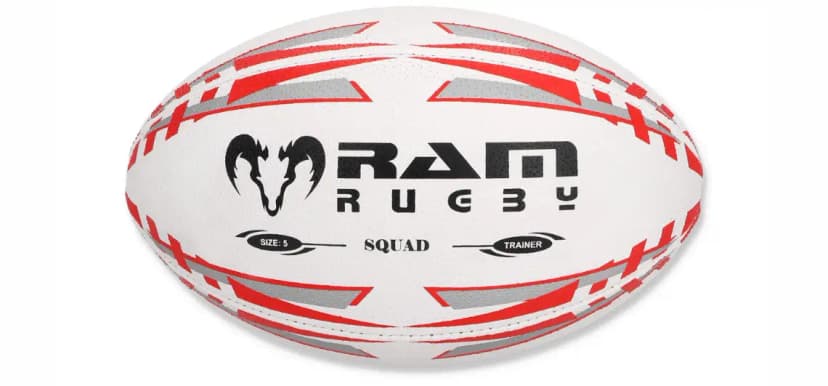Understanding Corporate Website Design for Asset Management
When it comes to corporate website design for asset management, the goal is to create a professional online presence that not only reflects the brand's integrity but also provides valuable information to clients and investors. A well-designed website can serve as an effective marketing tool, helping asset management firms to attract and retain clients in an increasingly competitive market.
Importance of a Professional Website
In the financial sector, trust is paramount. Your corporate website is often the first point of contact for potential clients. Thus, ensuring that your website conveys reliability, professionalism, and clarity is crucial. Here are key aspects to consider:
- Client Education: Cater to both seasoned investors and new clients by providing educational resources, market news, and insights.
- User Experience: A seamless user experience will help retain visitors on your site.
- Brand Trust: A polished website greatly enhances the firm's reputation.
Key Features for Asset Management Websites
1. Clean and Professional Design
- Simplicity is key. Avoid clutter and focus on delivering essential information.
- Utilize a consistent color palette that resonates with your brand.
2. Responsive Design
With an increasing number of users accessing sites via mobile devices, ensure your website is responsive to different screen sizes. A responsive design will enhance user experience, keeping bounce rates low.
3. Security Features
4. Why It’s Critical to Include Client Portals
Client portals can provide added value by allowing clients to access their investment information securely. Include functionalities like:
- Real-time portfolio tracking
- Secure messaging with advisors
- Document storage and sharing
5. Informative Content
Invest in high-quality, insightful content that provides market analysis, investment tips, and company news. Blog posts, whitepapers, and case studies are excellent tools for attracting and engaging potential clients.
Web Design Best Practices
1. SEO Optimization
Incorporate SEO best practices during the design phase to improve visibility:
- Use relevant keywords throughout the website, including titles, headings, and body text.
- Optimize images with alt text and descriptive file names.
- Ensure fast loading times by optimizing page speeds.
2. Analytics Integration
Integrate tools like Google Analytics to track visitor behavior. This data can be invaluable for refining your website strategy and improving client engagement.
Cost Factors for Corporate Website Design
The cost of designing a corporate website for asset management can vary significantly based on factors such as:
- The complexity of the design
- Number of pages and features required
- Whether utilizing HTML/CSS templates or a more custom solution
Potential Challenges
While designing a corporate website, consider potential challenges:
- Ensuring compliance with financial regulations
- Integrating advanced technologies such as AI for personalized client experiences
- Keeping content up-to-date and relevant
Conclusion
Investing in high-quality corporate website design for asset management is critical for enhancing your brand's visibility, establishing trust, and ultimately driving client engagement. By focusing on a clean design, user experience, and valuable content, you can set your firm apart in a competitive marketplace.














